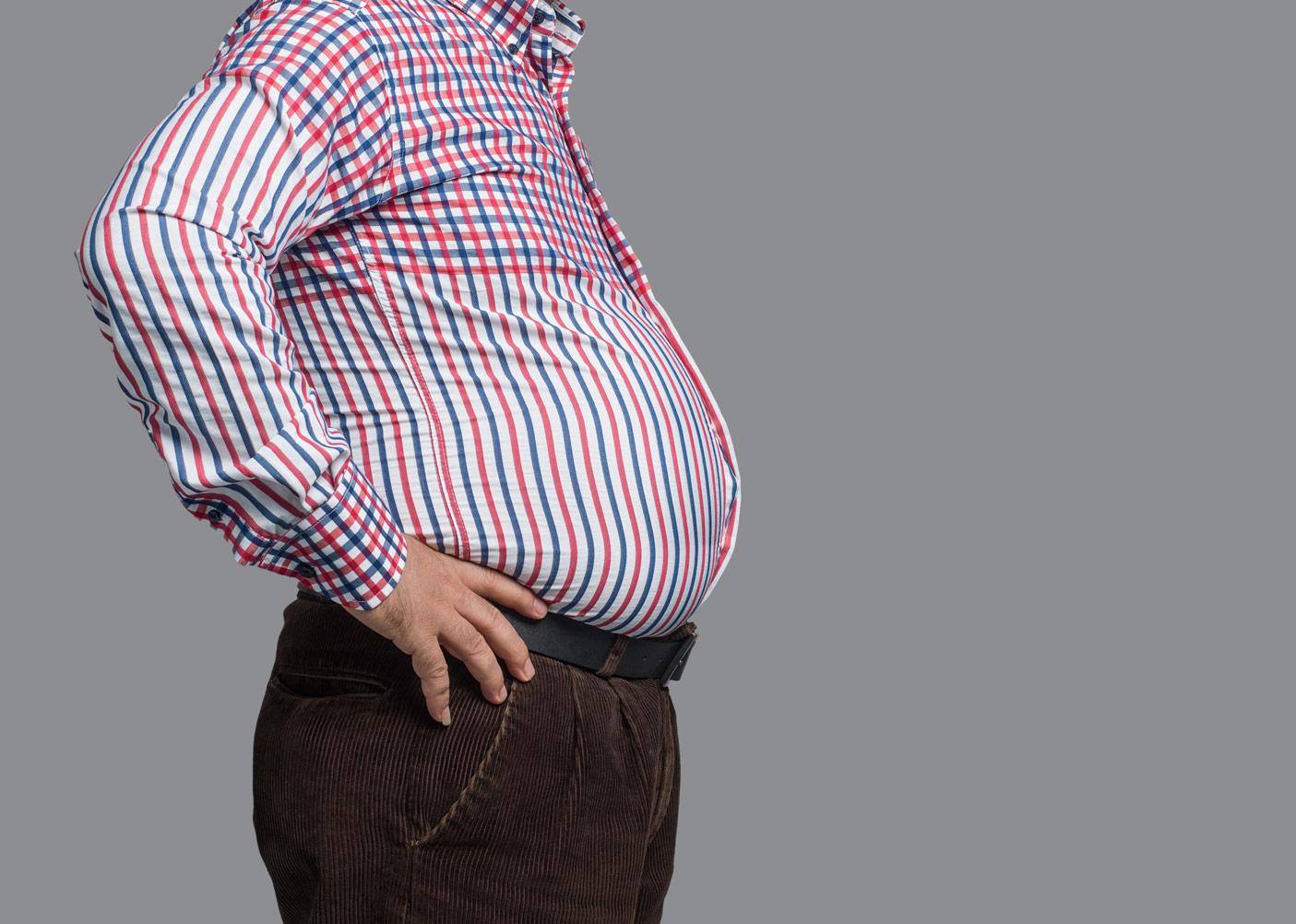Obesity Epidemic Breeds Kidney Stone Increases

Kidney stones are being found far more frequently, and it’s tied to the rise in obesity.
It’s common knowledge that there’s an obesity epidemic in America today. In fact, according to data from the Centers for Disease Control, more than one-third of U.S. adults are considered obese. While obesity is associated with a variety of different health risks, one that’s on the rise is “nephrolithiasis,” also known as kidney stones.
Kidney stones are small masses made of salts, minerals, and other substances found in urine. Stones often form when the urine becomes concentrated – for instance, due to dehydration – which causes minerals to crystallize and stick together. They can vary greatly in size, from a small fleck to a ping pong ball.
Why the obesity-kidney stones connection?
Anyone can get kidney stones for reasons ranging from genetics to intrinsic causes, such as disease. However, obese patients are significantly more likely to be diagnosed than non-obese patients due to a variety of different factors. Those who are obese tend to overeat and consume more salt and animal protein, which predisposes them to calcium stones. Likewise, they experience metabolic changes that can cause their urine to become more acidic, resulting in the formation of uric acid stones.
In addition, obesity can bring about the development of diabetes and high blood pressure. With these three conditions in play, it creates a condition called “metabolic syndrome,” which further contributes to stone formation.
“I see all ages across the board, from young to old, with more kidney stones,” says Dr. Robert Marcovich, a urologist with the University of Miami Health System. “There’s also a definite increase in the number of women suffering from kidney stones. In the past, there was a 3 to 1 ratio of the number of men versus women with kidney stones. Today, that number is almost equal.”
Results from studies including the National Health and Nutrition Examination Survey (NHANES) support that observation. Data showed a 91 percent rise in emergency department visits for kidney stones since the 1990s. In 1992 to 1994, for instance, 178 per 100,000 visits were caused by nephrolithiasis. By 2004 through 2006, 340 per 100,000 visits were for stones; a 70 percent increase in men and 128 percent increase in women. Such trends have continued.
While the general population’s obesity problem has continued to grow, so too have cases of kidney stones, effectively closing the gender gap in the process.
Treatment improvements and current research
The good news is that in terms of treatment, options have come a long way in the last 40 years. In the late 1970s and early 1980s, extracorporeal shock wave lithotripsy was the big development and introduced to break up larger stones without any incisions or invasive procedures. For obese patients, though, this approach posed a challenge since the sound waves and ensuing vibrations couldn’t reach stones as effectively as in non-obese patients.
However, in the last decade, the technology has shifted to endoscopic treatments. In the case of kidney stones, this involves inserting a ureterscope equipped with a camera into the ureter and kidney. Once the stones are identified, special tools then destroy them and remove the fragments.
According to Marcovich, this procedure has been fine-tuned in recent years thanks to scope improvements. Scopes are getting smaller and smaller, while providing enhanced clarity in terms of the images they produce. This has helped to ensure that both obese and non-obese patients with kidney stones have a similar success rate.
“The majority of kidney stones do not’ require invasive treatment,” adds Marcovich. “For smaller stones, we work with patients to help them naturally pass the stone through the urine—often with the help of pain relievers or muscle relaxers to decrease pain.”
National research also is exploring new options such as using natural fruit extracts to dissolve calcium oxalate crystals, the most common part of kidney stones.
Tips to prevent kidney stones
So, before you have to undergo any type of treatment, how can you lower your risk for kidney stones in the first place?
According to experts, the best way is with a healthy lifestyle, a balanced diet and plenty of fluid intake. Not only will this reduce the chance of kidney stone formation and their recurrence, but also the development of other health problems.
If you’re concerned about your risk for kidney stones, talk with your doctor or contact the UHealth Department of Urology online, or by phone at (305) 243-6591.
Tags: Dr. Robert Marcovich, kidney stone treatment in Miami, kidney stones, obesity, Urology
